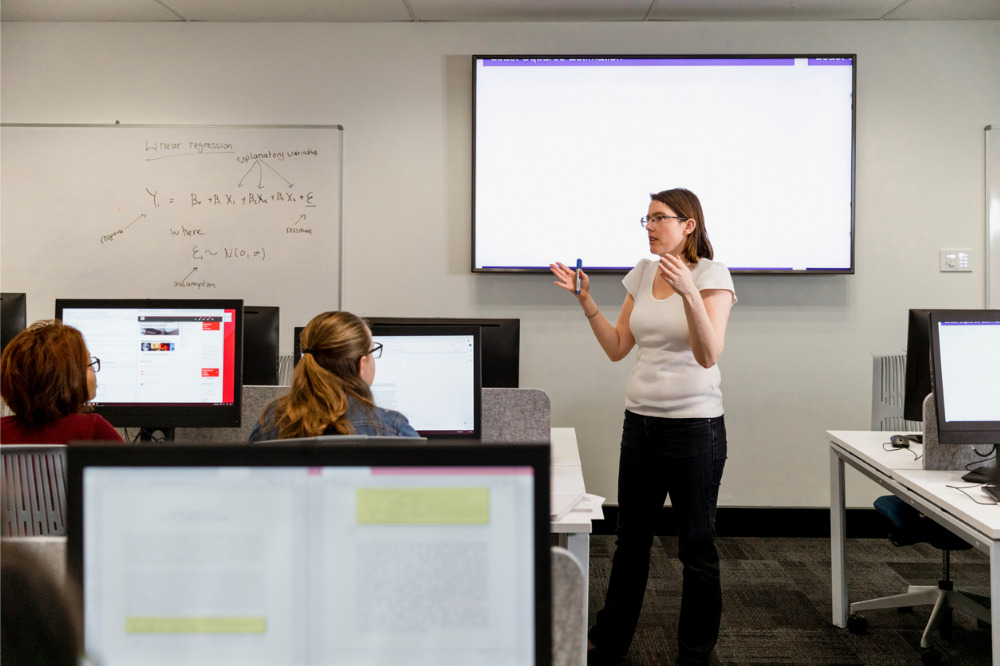
A new OECD analysis linking findings from PISA and international teacher survey TALIS has identified the teacher and school factors that matter most for student achievement and social-emotional development.
It found that classroom practices that create opportunities to learn, teachers’ use of working time, as well as the well-being and job satisfaction of the teachers are some of the factors most strongly linked with student outcomes.
Andreas Schleicher, OECD Director for Education and Skills, said that if there was only one conclusion to take away from this report, it is that what teachers do in and outside the classroom matters the most – and the most directly – for the cognitive and social-emotional outcomes of the school’s students.
“Classroom practices that create opportunities to learn, teachers’ use of working time, as well as the well-being and job satisfaction of the teachers are among the most influential school factors,” Schleicher said.
“But this report does not only confirm the crucial role of teachers in young people’s development. It also sheds light on other actors”.
The analysis also shed light on how students’ classmates and schoolmates, as well as the school’s culture and leadership (including the role parents play) also matter.
“All this suggests that any education reform or any change in education practice should tackle one or several of these dimensions first for students to be able to thrive and be active participants in our economies and societies,” Schleicher said.
The report found that while boys seem to be less able than girls to stay focused on their schoolwork when disciplinary or practical issues occur in the school, there is potential to support boys in closing the gap with girls.
The researchers pointed to measures such as greater involvement and support from parents in school-related activities – as well as positive relationships between teachers and students – to achieve this.
“This suggests that, at the age of 15, boys [more than girls] are in need of support from significant adults – their parents and their teachers – to self-regulate and be achievement-focused,” the report’s authors said.
“Second, boys are more likely to perform as well as (or even better) than girls in reading in schools where a culture of student assessment, teacher accountability and appraisal prevails”.
The report also said teacher assessment can play an important part in helping to close the achievement gap between the genders.
“The more often teachers evaluate their students by administering their own assessment, the smaller the difference in reading performance between girls and boys, in favour of boys,” the researchers said.
“This may suggest that boys benefit from more regular testing as this allows them to better self-regulate and focus on schoolwork. Yet, this might also be due to girls’ increased anxiety about frequent testing and induced competition”.
In addition, said the researchers, the more school leaders ensure that teachers feel responsible for their students’ learning outcomes and the more often teachers are formally appraised by external individuals and bodies, the better boys perform in reading compared to girls.
“Giving teachers opportunities to reflect on their teaching practice and finding ways to support low- and middle-achievers, among which boys are overrepresented in reading, could help overcome gender inequalities”.
When it comes to core subjects like science and maths, the latest Trends in International Mathematics and Science Study (TIMSS) report shows Australian students are improving.
The latest data, released in December 2020, revealed that Australia has climbed into top 10 in Year 8 maths and science, and Year 4 science
However, TIMSS National Research Coordinator and ACER Deputy CEO Dr Sue Thomson, said that while this was an encouraging finding, the report also identified a clear relationship between disadvantage and underachievement in Australian schools.
“These results are a call to arms to everyone involved in education to find ways of redressing the imbalance in opportunities and resources available to these students, to help lift achievement for all Australian students,” Dr Thompson told The Educator.
Dr Thomson said she was surprised by the widening gap between boys and girls in Year 4 mathematics.
“This is the opposite of the findings for the other subjects, which have either closed gaps [Year 8 mathematics and science] or never had a gap [Year 4 science],” she said.
“This is a concern for gender parity and, if it continues, may reverse the positive trend found in the other subjects and also have broader implications for women’s participation in STEM”.


